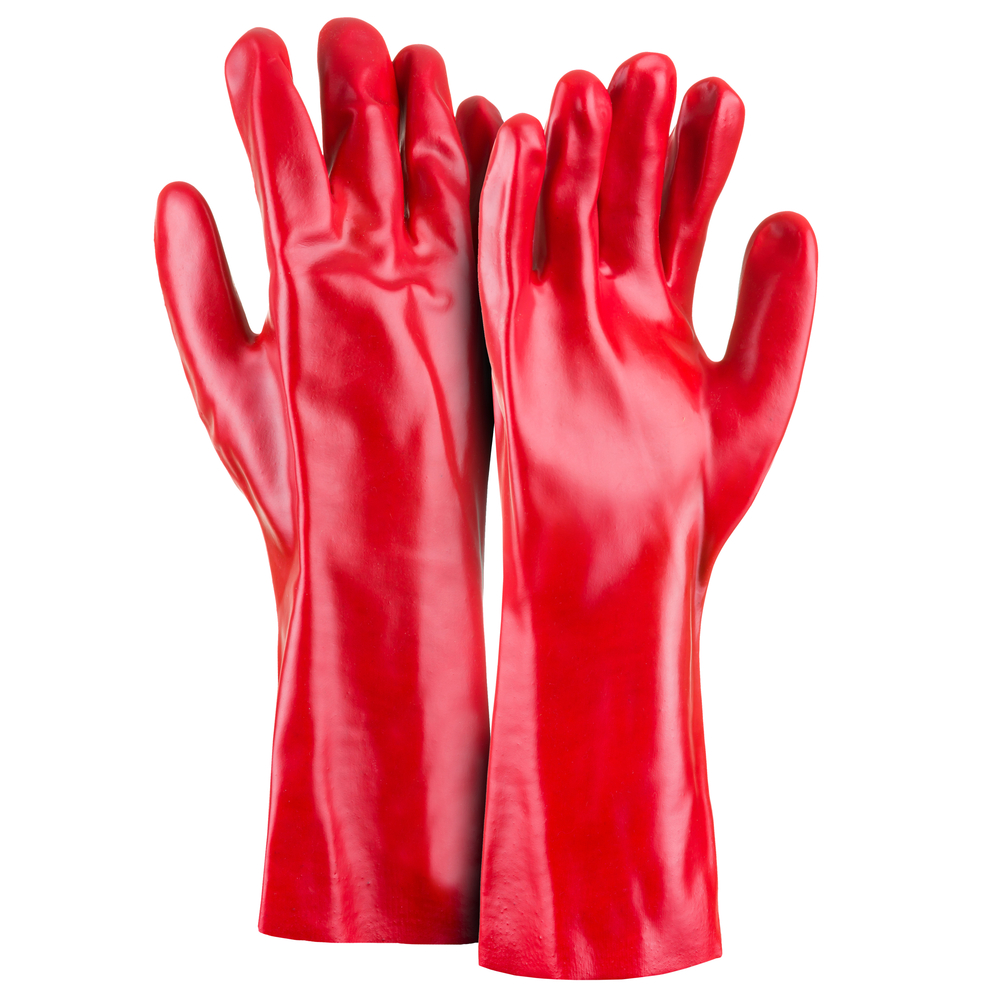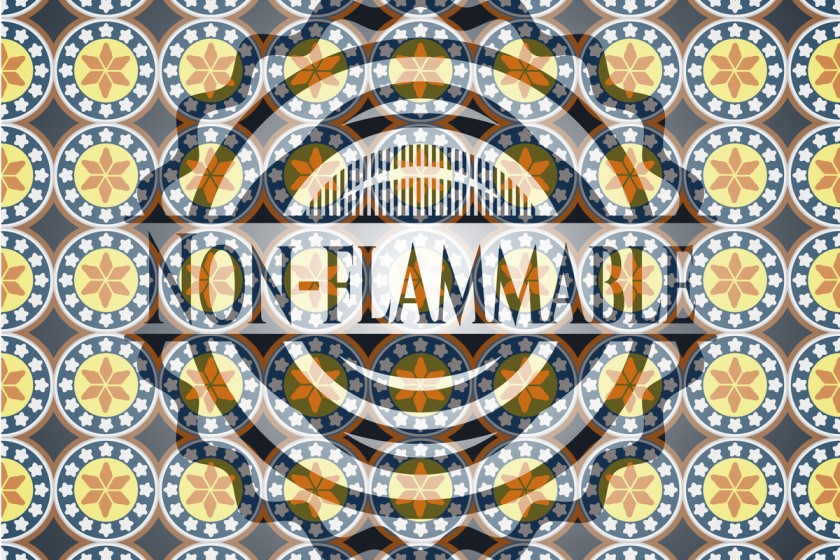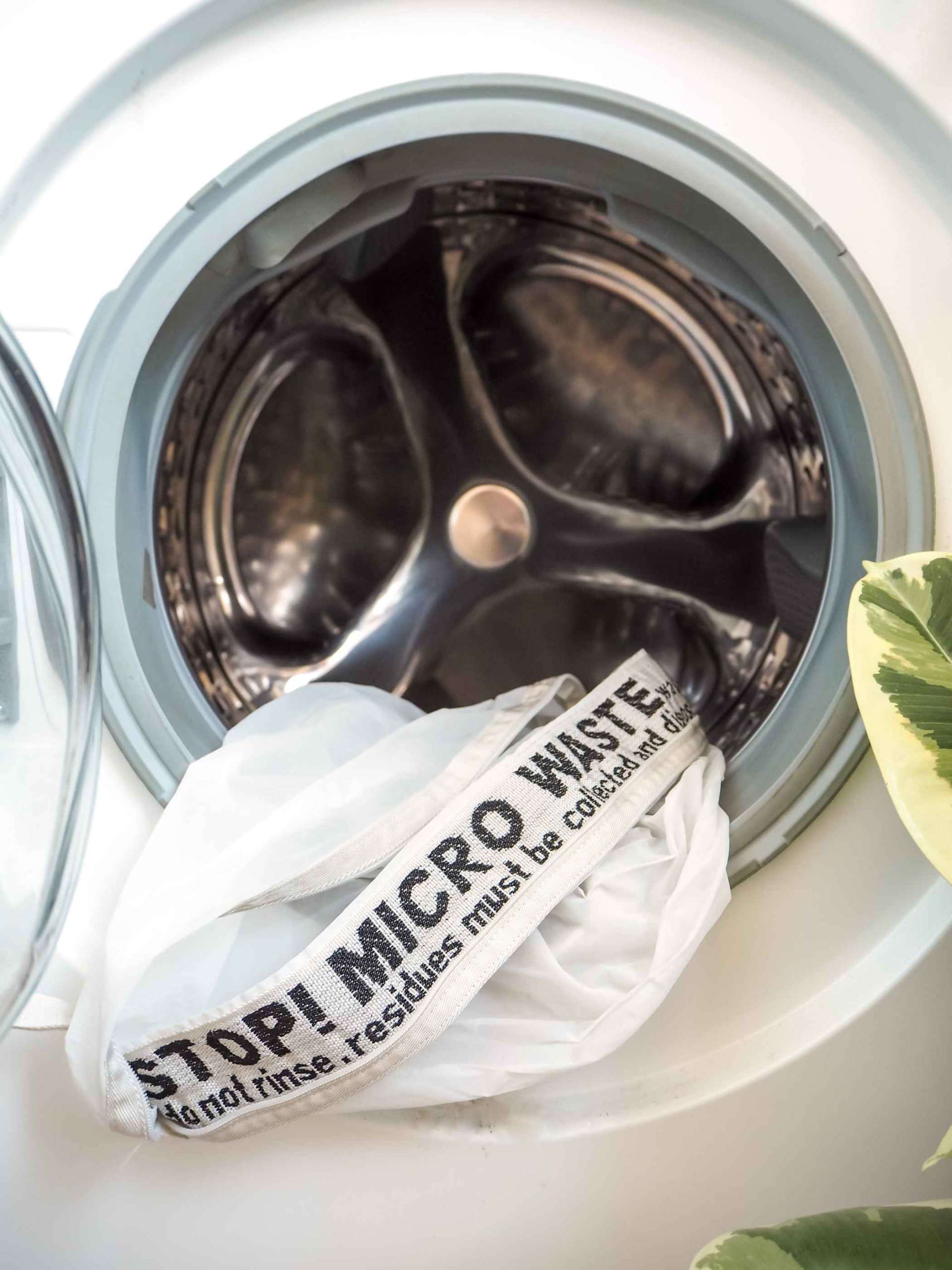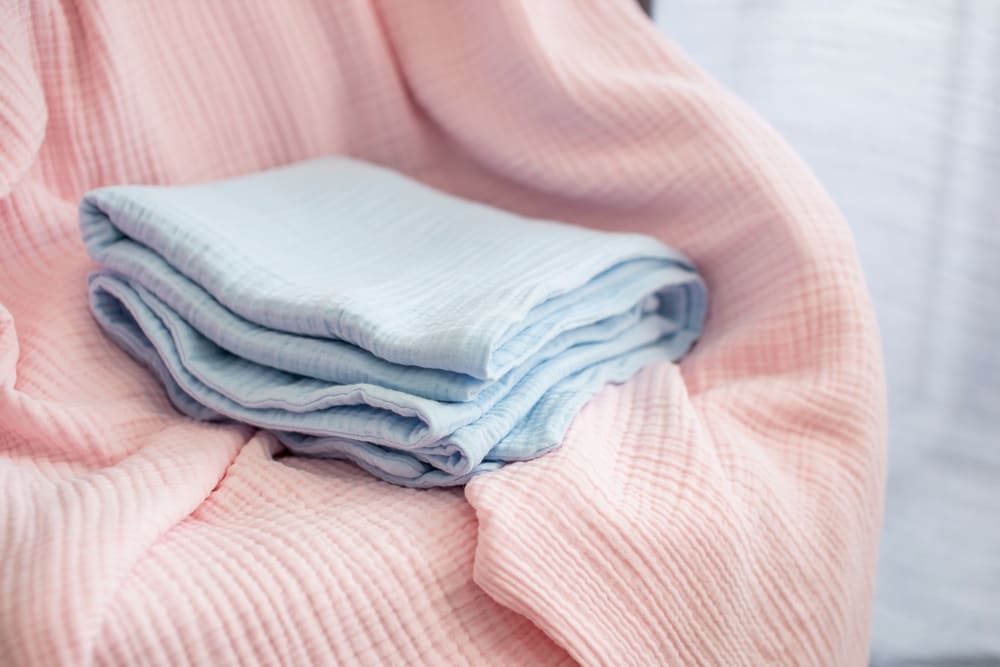Flame-Retardant Non-Woven Fabric is Now a Reality



The flame-retardant fabric is a special non-woven fabric that protects from fire. The material can self-extinguish after burning slowly for a while. The flame-retarding non-woven fabric provides a safer environment by reducing the heat and preventing the rapid development of fire. Finding a proper manufacturer who would provide you with the right quality fabric is essential. Any glitch in the fabric can prove crucial for the person wearing the fabric and working in hazardous sites.
Fire safety is a significant concern for people working in hazardous locations, commercial places, and residential areas. So, the use of flame-retarding non-woven fabric helps them to fight fire accidents and provide the required safety to the people.
What is Flame-Retarding Non-Woven Fabric?
The flame-retardant fabric is unique protective apparel manufactured to protect against fire and accidents caused by fire. The composition materials present in the fabric are responsible for protecting against fire. The composition can be chemically inserted into the polymer molecule or can be physically blended into the polymers.
The flame-retarding non-woven fabric provides UV resistance, thermal stability, light stability, and good polymer compatibility. When the material comes in contact with fire, it gives out little smoke and a dripping effect. When challenged with external heat flux, the fabric forms a shield of low thermal conductivity to reduce heat transfer.
So, there is a difference between flame-retardant fabrics and flame-resistant fabrics. The fire retardant fabrics have been coated with a flame-retardant coating to reduce the burning rate. The fire-resistant fabric is made of synthetic fibres that prolong the ignition for the maximum time. The fire-resistant fabric would eventually melt away instead of burning. The flame resistance in the fabric ranges from a few per cent to full per cent, depending upon the usage.
How do Flame-Retardant Fabrics Work?
Before understanding the flame-retardant fabric, let us first understand the combustion process.
There are many stages in combustion, like heating, decomposition, ignition, flame spread, and generation of smoke. This combustion process leads to fire and several hazards linked to it. The flame-retardant fabric has chemicals that interfere in one of the steps in the combustion process and protect people wearing that fabric.
The interference process includes four different kinds of modes:
- Reaction in the condensed phase
- Reaction in the gas phase
- Dilution effect
- Cooling effect
So, the fire is controlled through one of the above four processes. The fabric is designed to follow one or many modes to control the fire.
The flame-retarding non-woven fabric should meet specific requirements before different apparel products are made. Let us understand how these points are crucial in selecting the perfect flame-retarding non-woven fabric.
- It should not affect the colour and the quality of the product.
- It should not produce any smoke during production.
- It should not have any long-or short-term complications while using it.
- It should not have any harmful effect on UV durability.
Features of Flame-Retarding Non-Woven Fabric

After looking at different ways to manufacture flame-retardant fabric, let us look at various features of flame-retarding non-woven fabric.
- Negligible dripping effect and production of smoke
- Low thermal conductivity prevents heat from transferring
- Protects from strong wind, hail storms apart from protecting against fires
- Provides good air and water permeability, making it easy to wear fabrics
- Undergoes rigorous checks to provide safety
- Safe for reuse
Types of Flame-Retarding Non-Woven Fabric
The flame-retarding non-woven fabric comes in two different types. The main difference between the two types of fabric is how it becomes flame-retardant. Let us understand these two types of flame-retardant fabric.
1. Chemically treated flame-retardant fabric
The fabric is coated with chemicals that protect it from fire accidents. According to the International Association of Certified Home Inspectors, there are over 175 different kinds of flame-retardants. There are five different chemicals used for creating flame-retarding non-woven fabric. The chemicals are nitrogen, phosphorus, chlorinated, brominated, and inorganic flame-retardants. But the user must remember that putting the fabric under these chemicals would void the manufacturer's warranty.
2. Inherently flame-retardant fabric
This kind of fabric has flame-retardant quality in its structure and can be used for making curtains, tents, health care fabrics, military applications, banners and signs. These fabrics are perfect to use in homes, offices, and schools. Fabrics like wool and cotton are inherently flame-retardant fabrics. They do not catch fire easily, and these fibres come with natural built-in flame resistance. But these fabrics melt at higher temperatures rather than burn. So, this fabric can protect people without using the chemically inserted fabric.
For minimal usage, chemically treated non-woven fabric is good, but the inherently flame-retardant fabric is perfect when it comes to regular use.
Ways to Manufacture Flame-Retarding Non-Woven Fabric
There are many situations where the inherently flame-retardant fabric cannot protect people. So, they need specific, chemically-treated non-woven fabric to provide extra protection.
Permanent treatment
In permanent treatment, the manufacturer uses two kinds of treatment. The first type is the polymerisation of the product with itself. The second process uses one of its own -OH group to bind the molecules to the cellulose. In both cases, the fabric is a phosphorous derivative.
Non-permanent treatment
In non-permanent treatment, the fabric is dipped in a saltwater solution and dried. After that, it is passed between two rollers under high pressure. This controls the spread of fire in the fabric. This is a simple and cheap technique that can be used to create many fibres.
Textile treatment
When it comes to textile treatment, there are two types of fabrics: natural and synthetic fibres. The synthetic fibres are treated with chemicals to prevent the fire from spreading all over the fabric. The chemicals used in the fabric reduce the flammability rate and protects the person wearing it.
Uses of Flame-Retarding Non-Woven Fabric

With the growing issue of maintaining safety standards in workplaces, the use of flame-retarding fabric has increased. Let us look at its various uses of it.
- The entire suit used by firefighters is made of flame-retarding fabric. It protects them against fire and is easy to work wearing the fabric.
- The suits and gloves are also provided to employees working in hazardous locations where they can get injured because of fire, chemicals, electricity or other severe hazards.
- The inherently flame-retardant fabric can be used as blinds in offices, houses, and schools to protect people from fires.
- The uniform for air force pilots, parachute fabric, tents, and motor racing apparel uses this fabric to protect people from fires caused by accidents.
- Some flame-retarding non-woven fabrics use aluminium hydroxide acts as a fire retardant. It breaks down to produce water vapours, absorbs heat and helps cool the suit. The residue after the breakdown forms a protective layer and protects the person wearing the suit made of Aluminium hydroxide flame-retarding non-woven fabric.
- The fabric can be used as fire blockers for seats and upholstery. The fire blockers are fire-resistant materials placed underneath the cover fabric and the cushion. The cushion is a significant threat to fire accidents, so using fire blockers restricts the motion of fire towards the cushion and protects the seats.
There are several manufacturers in the market working on flame-retardant fabric. But it is not easy selecting quality manufacturers who can provide the finest quality of flame-retarding non-woven fabric to the companies. For a brand working on producing protective apparel, getting certified manufacturers who can offer better products and deliver them in time is a tough job.
Conclusion
The flame-retarding non-woven apparel is a unique fabric built to fight against hazardous fire accidents. With the clause of safety standards being a priority in industries and many dangerous sites, the companies need to provide their employees with flame-retardant fabric. Brands need to explain to the manufacturers their requirements so that they get the right products delivered.
If you are looking for a platform to meet new manufacturers for your apparel, help in designing to delivering apparel, and provide end-to-end support, visit Fashinza.com to procure quality fabrics at good prices.



















